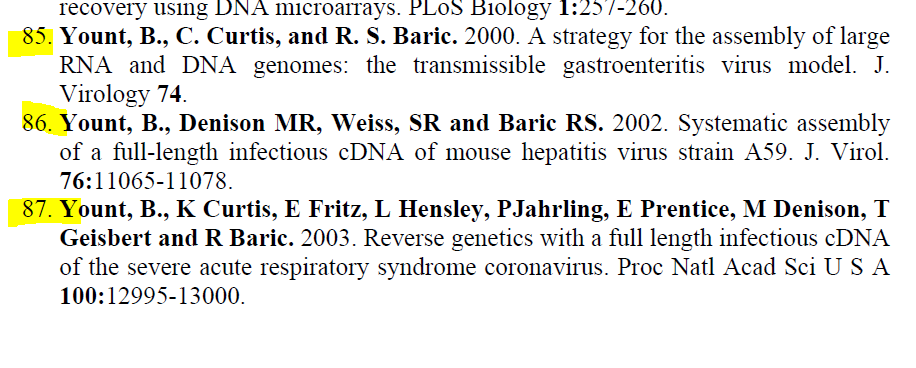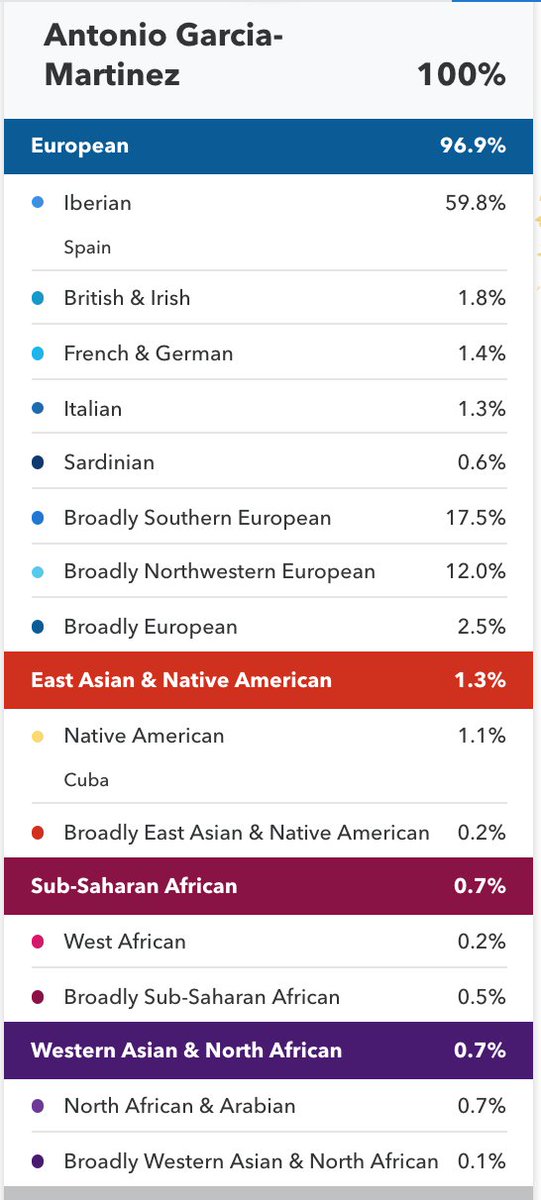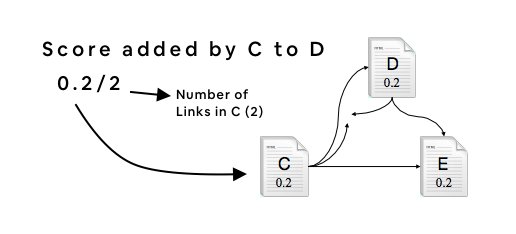Carp can switch over to an anaerobic metabolism and quietly exhale booze until the situation gets better.
An interesting thing about carp is that they can go into anoxic hibernation and switch to an anaerobic metabolism based on converting glycogen to ethanol.
The waste ethanol is diffused out the gills
Carp can switch over to an anaerobic metabolism and quietly exhale booze until the situation gets better.
In theory, if you spent a few thousand years breeding carp for it, you could use them to make booze.
They'd be enormous, almost entirely glycogen deposits with a fish added as an afterthought.
You, a human, have only about 100 grams of glycogen in your liver, about 400 more grams in your skeletal muscles. Call it 500 grams total.
Carp can be 12% glycogen by weight.
A 75kg human would need to have 9kg of glycogen to match their carp friend.
https://t.co/Bt29kS7pO5
Call it 18 days worth. You'd need a lot more if you wanted to beat your carp friend at holding your breaths.
You currently do this in the liver, by further metabolizing ethanol into acetaldehyde.
You do this completely differently depending on whether you're a fetus or not.
https://t.co/gsnliVwr3G
You're gonna need a bigger liver or a better way
You're gonna scare your carp friends by pissing vinegar at them.
More from Anosognosiogenesis
So I've mentioned the sharpie test and the tueller drill.
Another reason you are dead within 1.5 seconds of encountering your first fast zombie, is adrenaline.
Most people who get attacked with a knife and survive to talk about it, say they never even knew a knife was there.
Or that they'd been stabbed, until after the fact.
In many cases, they think they'd just been punched, and are completely surprised
One reason the adage is "the winner is the one who dies in the ambulance, not the gutter," is because it's entirely possible to receive a fatal wound, not realize it, and then inflict a fatal wound on the other guy without *him* realizing it.
A dozen times within 30 seconds.
The marker drill teaches how you *will* get cut, fatally, without realizing it.
In full adrenaline freakout, this is even more pronounced.
Another reason you are dead within 1.5 seconds of encountering your first fast zombie, is adrenaline.
The Tueller Drill is interesting.https://t.co/D6p3zRRV52
— Anosognosiogenesis (@pookleblinky) December 20, 2020
Most people who get attacked with a knife and survive to talk about it, say they never even knew a knife was there.
Or that they'd been stabbed, until after the fact.
In many cases, they think they'd just been punched, and are completely surprised
One reason the adage is "the winner is the one who dies in the ambulance, not the gutter," is because it's entirely possible to receive a fatal wound, not realize it, and then inflict a fatal wound on the other guy without *him* realizing it.
A dozen times within 30 seconds.
The marker drill teaches how you *will* get cut, fatally, without realizing it.
In full adrenaline freakout, this is even more pronounced.
More from Science
Hi, I'm #MarvellousMarthy & this is a mini #GlobalScienceShow to celebrate @WomenScienceDay. I'd like to tell you about my STEM Role Model @MarineMumbles. Stick around for @philjemmett who’s up next. #WomenInSTEM #WomenInScience4SDGs #WomenInScience #girlsinSTEM
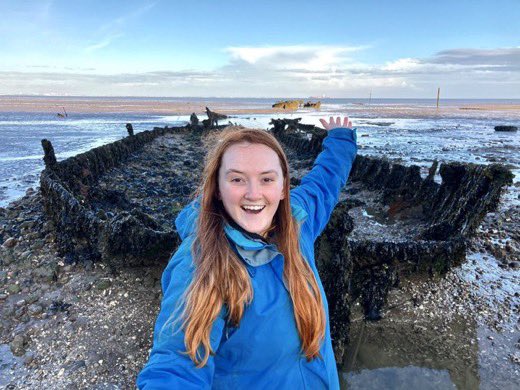
Go to https://t.co/fAM7lPSznm to watch my film. I love Rockpooling now as a hobby & I have got Mummy & Daddy into it too. I have learnt loads about marine life over the last year & Elizabeth @marinemumbles has shared her ❤️ of the oceans with me. I LOVE crabs 🦀 🦀🦀!!
This is Gem, Marthy’s Mummy. There have been so many other STEM women who have truly inspired #MarvellousMarthy over the past year: @DrJoScience has ignited a love of experiments, @ScienceAmbass has brought giggles with some fab experiment-alongs, @HanaAyboob for introducing her
to some amazing #SciArt, @BryonyMathew for releasing some fabulous books to help raise aspirations, @Astro_Nicole & @Victrix75 for allowing her to interview them as part of #worldspaceweek & @AmeliaJanePiper for the ongoing support since she won the SciComm presenter competition.
So, as you can tell from the film, Marthy adores Elizabeth & is truly inspired by her. Since engaging with her for the first time about 10 months ago, Marthy has developed a very keen & passionate interest for all things Marine! The @angleseyseazoo can vouch for this!!!!

Go to https://t.co/fAM7lPSznm to watch my film. I love Rockpooling now as a hobby & I have got Mummy & Daddy into it too. I have learnt loads about marine life over the last year & Elizabeth @marinemumbles has shared her ❤️ of the oceans with me. I LOVE crabs 🦀 🦀🦀!!
This is Gem, Marthy’s Mummy. There have been so many other STEM women who have truly inspired #MarvellousMarthy over the past year: @DrJoScience has ignited a love of experiments, @ScienceAmbass has brought giggles with some fab experiment-alongs, @HanaAyboob for introducing her
to some amazing #SciArt, @BryonyMathew for releasing some fabulous books to help raise aspirations, @Astro_Nicole & @Victrix75 for allowing her to interview them as part of #worldspaceweek & @AmeliaJanePiper for the ongoing support since she won the SciComm presenter competition.
So, as you can tell from the film, Marthy adores Elizabeth & is truly inspired by her. Since engaging with her for the first time about 10 months ago, Marthy has developed a very keen & passionate interest for all things Marine! The @angleseyseazoo can vouch for this!!!!
You May Also Like
So friends here is the thread on the recommended pathway for new entrants in the stock market.
Here I will share what I believe are essentials for anybody who is interested in stock markets and the resources to learn them, its from my experience and by no means exhaustive..
First the very basic : The Dow theory, Everybody must have basic understanding of it and must learn to observe High Highs, Higher Lows, Lower Highs and Lowers lows on charts and their
Even those who are more inclined towards fundamental side can also benefit from Dow theory, as it can hint start & end of Bull/Bear runs thereby indication entry and exits.
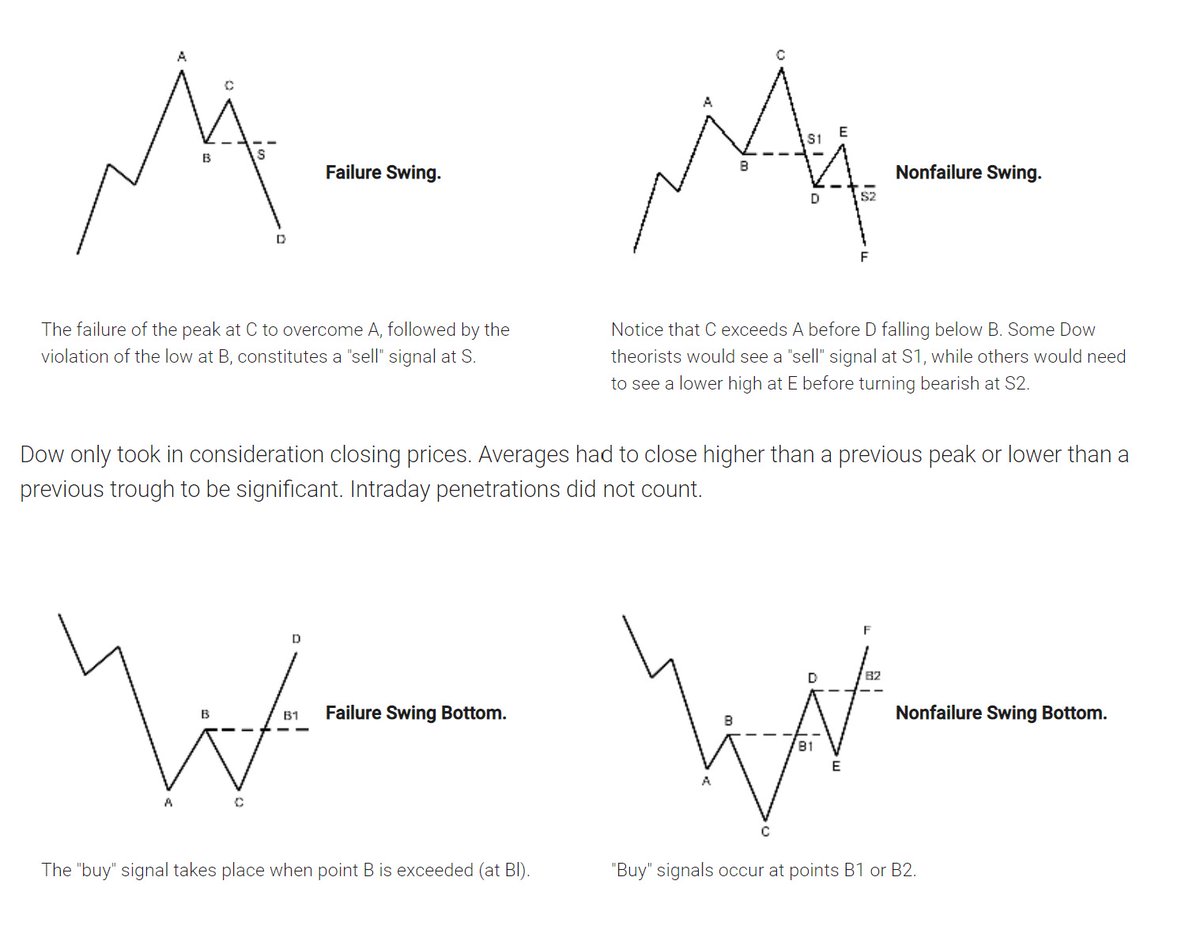
Next basic is Wyckoff's Theory. It tells how accumulation and distribution happens with regularity and how the market actually
Dow theory is old but
Here I will share what I believe are essentials for anybody who is interested in stock markets and the resources to learn them, its from my experience and by no means exhaustive..
First the very basic : The Dow theory, Everybody must have basic understanding of it and must learn to observe High Highs, Higher Lows, Lower Highs and Lowers lows on charts and their
Even those who are more inclined towards fundamental side can also benefit from Dow theory, as it can hint start & end of Bull/Bear runs thereby indication entry and exits.

Next basic is Wyckoff's Theory. It tells how accumulation and distribution happens with regularity and how the market actually
Dow theory is old but
Old is Gold....
— Professor (@DillikiBiili) January 23, 2020
this Bharti Airtel chart is a true copy of the Wyckoff Pattern propounded in 1931....... pic.twitter.com/tQ1PNebq7d
#sculpture #story -
Chandesha-Anugraha Murti - One of the Sculpture in Brihadeshwara Temple at Gangaikonda Cholapuram - built by Raja Rajendra Chola I
This Sculpture depicts Bhagwan Shiva along with Devi Paravathi blessing Chandeshwara - one of the 63 Nayanmars.
#Thread

Chandeshwara/Chandikeshwara is regarded as custodian of Shiva Temple's wealth&most of Shiva temples in South India has separate sannathi for him.
His bhakti for Bhagwan Shiva elevated him as one of foremost among Nayanmars.
He gave importance to Shiva Pooja&protection of cows.
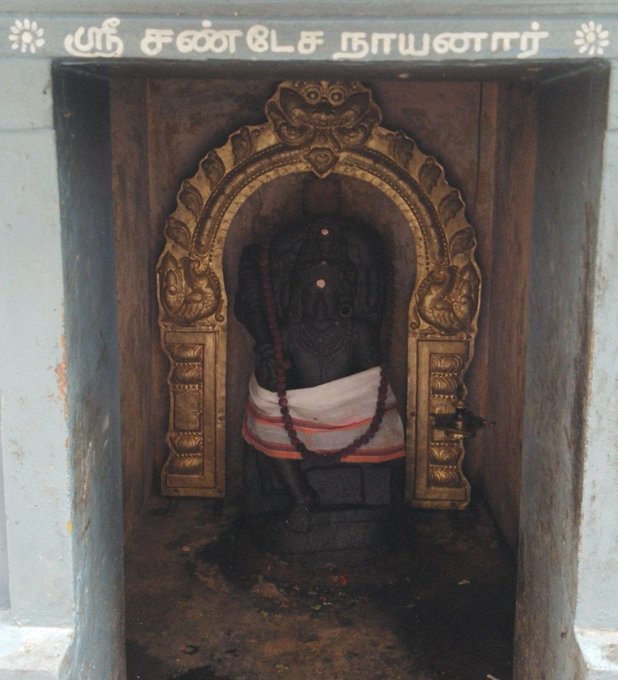
There are series of paintings, illustrating the #story of Chandikeshwar in the premises of
Sri Sathiyagireeswarar #Temple at Seinganur,near Kumbakonam,TN
Chandikeshwara's birth name
is Vichara sarman.He was born in the village of Senganur on the banks of River Manni.

His Parent names were Yajnathatan and Pavithrai.
Vichara Sarman was a gifted child and he learnt Vedas and Agamas at a very young age.
He was very devout and would always think about Bhagwan Shiva.
One day he saw a cowherd man brutally assaulting a cow,Vichara Sarman could not tolerate this. He spoke to cowherd: ‘Do you not know that the cow is worshipful & divine? All gods & Devas reside in https://t.co/ElLcI5ppsK it is our duty to protect cows &we should not to harm them.

Chandesha-Anugraha Murti - One of the Sculpture in Brihadeshwara Temple at Gangaikonda Cholapuram - built by Raja Rajendra Chola I
This Sculpture depicts Bhagwan Shiva along with Devi Paravathi blessing Chandeshwara - one of the 63 Nayanmars.
#Thread

Chandeshwara/Chandikeshwara is regarded as custodian of Shiva Temple's wealth&most of Shiva temples in South India has separate sannathi for him.
His bhakti for Bhagwan Shiva elevated him as one of foremost among Nayanmars.
He gave importance to Shiva Pooja&protection of cows.

There are series of paintings, illustrating the #story of Chandikeshwar in the premises of
Sri Sathiyagireeswarar #Temple at Seinganur,near Kumbakonam,TN
Chandikeshwara's birth name
is Vichara sarman.He was born in the village of Senganur on the banks of River Manni.

His Parent names were Yajnathatan and Pavithrai.
Vichara Sarman was a gifted child and he learnt Vedas and Agamas at a very young age.
He was very devout and would always think about Bhagwan Shiva.
One day he saw a cowherd man brutally assaulting a cow,Vichara Sarman could not tolerate this. He spoke to cowherd: ‘Do you not know that the cow is worshipful & divine? All gods & Devas reside in https://t.co/ElLcI5ppsK it is our duty to protect cows &we should not to harm them.





